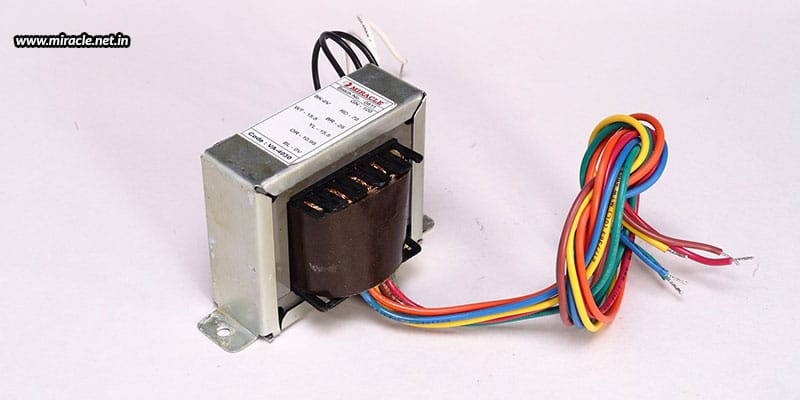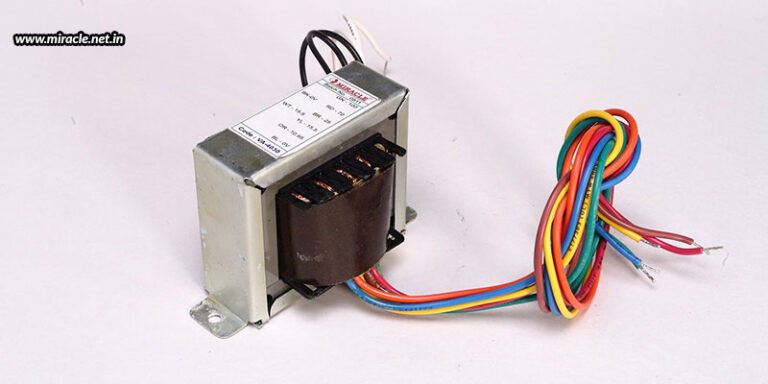An audio transformer is one that works in the audio range, with a working frequency range being generally between 10 to 20,000 Hz, and the impedance often used to transform the voltage or change the load. These transformer types are generally used in radios, televisions, voltage amplifiers, and other such applications.
Construction of an audio transformer
The core of the audio transformer is superimposed by a high magnetic material, with the primary and secondary windings tightly coupled, so that the flux across the original winding almost all has a phase chain with the secondary winding, and the coupling coefficient is close to 1.
Working of an audio transformer
The lowest frequency of the passband is determined by the inductance of the original winding, while the highest frequency is determined by the leakage inductance of the transformer. The original winding inductance is large, and the leakage inductance is small, in order to ensure that the transformer has sufficient passband. The saturation of the magnetic circuit and the hysteresis loss of the core can cause signal distortion. To counteract this, there should be proper load distribution and increased load current. Also, the core section should be increased, and an air gap left to reduce the saturation of the magnetic circuit. Doing so can significantly reduce the distortion of the signal.
Audio output transformer
With multiple types of audio transformers available, what we’ll focus on in this blog is the audio output transformer, which is one that is intended to isolate an input circuit from an output circuit, while providing filtering to a signal that passes through it. It is designed to operate on signals with a frequency spectrum in the audible band. Output transformers basically perform two functions – completing the matching of output impedance, and completing the conversion of voltage to current, so that higher voltage signal can be converted to an electrical signal with lower output current.
Note: Close attention should be paid to the matching of the front and back impedance, in order to avoid signal distortion caused by the reflection. Also, the impedance of the load must be consistent with the impedance required by the power amplifier stage, through the impedance of the output transformer, in order to maximize the load.
Designing an audio output transformer
When you’re deciding on the kind of audio output transformer you want for your application, the choice of the core material and its size depends upon the frequency response, power levels, and harmonic distortion. Audio output transformers are generally preferred to use both high-permeability cores and the largest number of coil turns to create high primary inductance. Remember, by changing the number of wire turns in each winding, transformers can be manufactured to have various impedance ratios. You can choose to have your specific customized audio output transformer India to suit your particular application requirements at Miracle Electronics, where every transformer manufactured is of the highest quality, which is proved by their RoHS and REACH compliance certificates. So, get in touch whenever you are looking for the finest quality audio transformers!
0







